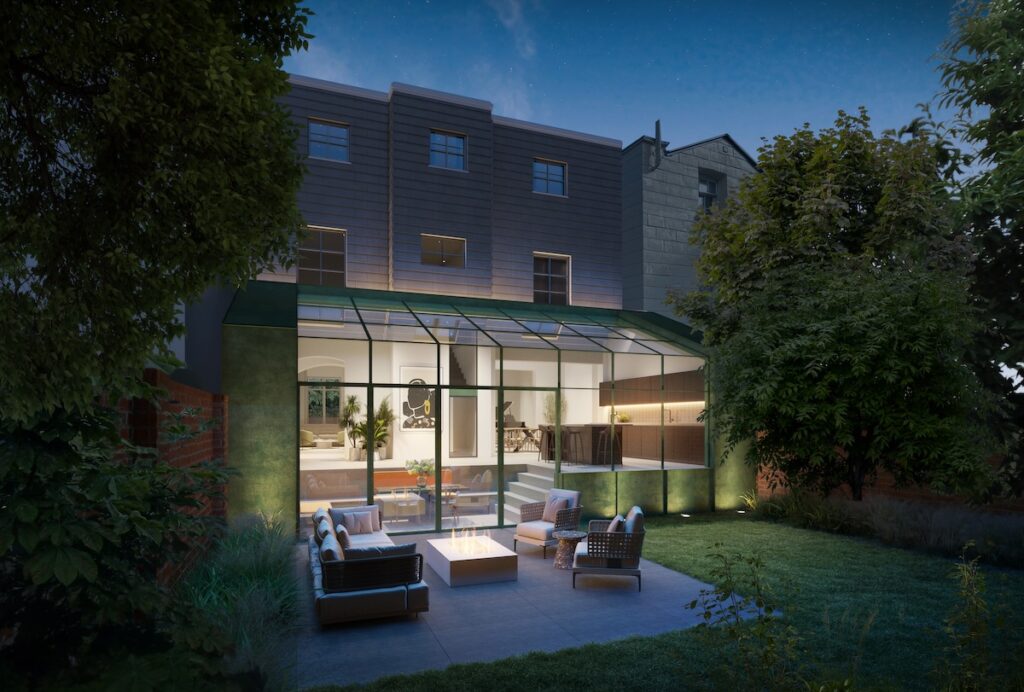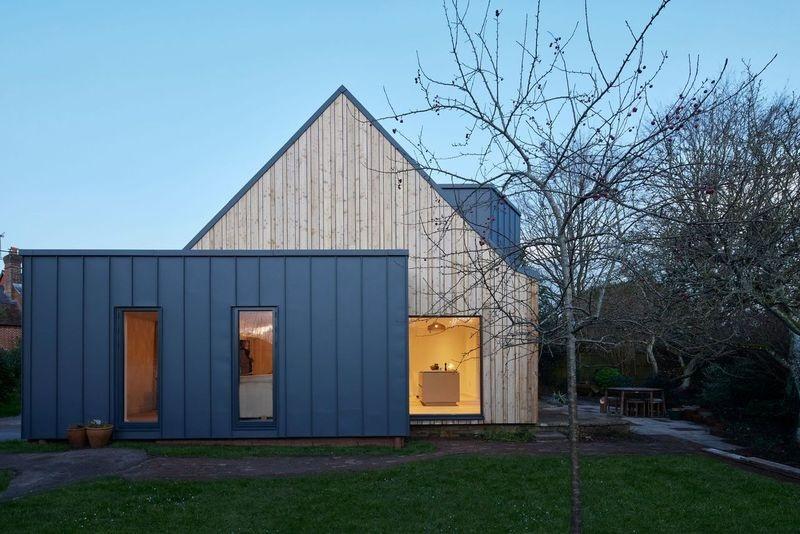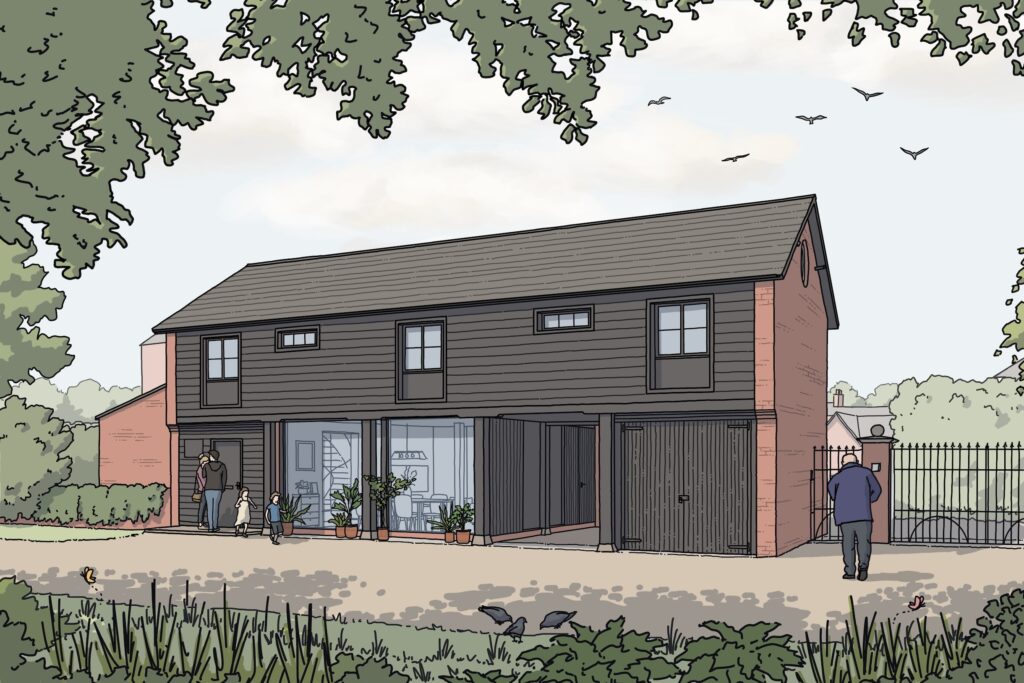Build It magazine invited Darren to share his expert advice on how to add value to your property by introducing an extension. The full article looks at how with the right design, a well-designed extension can significantly enhance a property, adding value and improving functionality.
Holly Cottage is featured as one of the showcase projects within the editorial, highlighting how including future proofing into a design can add long term benefits in terms of value.
Here we share the ‘Expert Q&A‘ with Darren, to read the full article the magazine is available to buy now.
How can a homeowner determine which type of extension might add the most value to their property?
It is impossible to give a ‘one size fits all’ answer for this question, as each property is different and owners requirements vary so much. When we are working on projects we look at a mix of factors, including the existing property layout, the loft space, external space and the potential for extending, to design a cost-effective solution which will add value in terms of the owner’s lifestyle needs and the monetary value of the property.
The most cost-effective way to extend your home is by altering what is already built, for example converting the space your loft tends to be cheaper than adding an extension in terms of cost per sqm, and reconfiguring an existing layout can often unlock the space you need without having to extend and lose precious outdoor space, example Cedarwood project.
How can clients balance functionality with value-adding potential?
This depends on the purpose for the changes. If you are wanting to make changes to a property to live in long term, then we would suggest that it is better to focus on adapting the house to improve your specific lifestyle requirements, creating a more positive living space to enjoy being in, rather than just focusing on adding value.
However, if you are thinking of making changes in order to sell in the near future, then we would recommend shifting the focus to look at adaptations which will have the most impact on the property value. The key areas to look at in terms of resell tend to include, creating a spacious kitchen with space to entertain in, adding an additional bedroom and completing a thermal upgrade by looking at glazing and insulation levels to create a home with a lower running cost.
Can the quality of design and materials affect the value?
Good quality materials, fixtures and fittings can have a considerable positive impact on the long-term value of a property, as these should last longer, reducing the need for frequent repairs and maintenance, and will ensure the look and the functionality is maintained.
Are there any ‘hidden’ value boosters homeowners should consider?
Increasing natural daylight into a property can have a hugely positive impact to the feel of a space, and also reduces the constant need for artificial light and heating. It is possible to increase the opening sizes of existing windows to totally transform a room, creating a contemporary feel with higher levels of daylight, matched with improved thermal properties. If physically extending it is worth considering the placement of new glazing, skylights are a great way to draw light into a home throughout the seasons, example Holly Cottage contemporary extension.
We also recommend that the existing layout of a property is interrogated, with clever design it can be possible to maximise the potential of the internal space available, to create the space owners need without having to physically extend.
Get in touch to discuss how we can help you with your next extension project.


